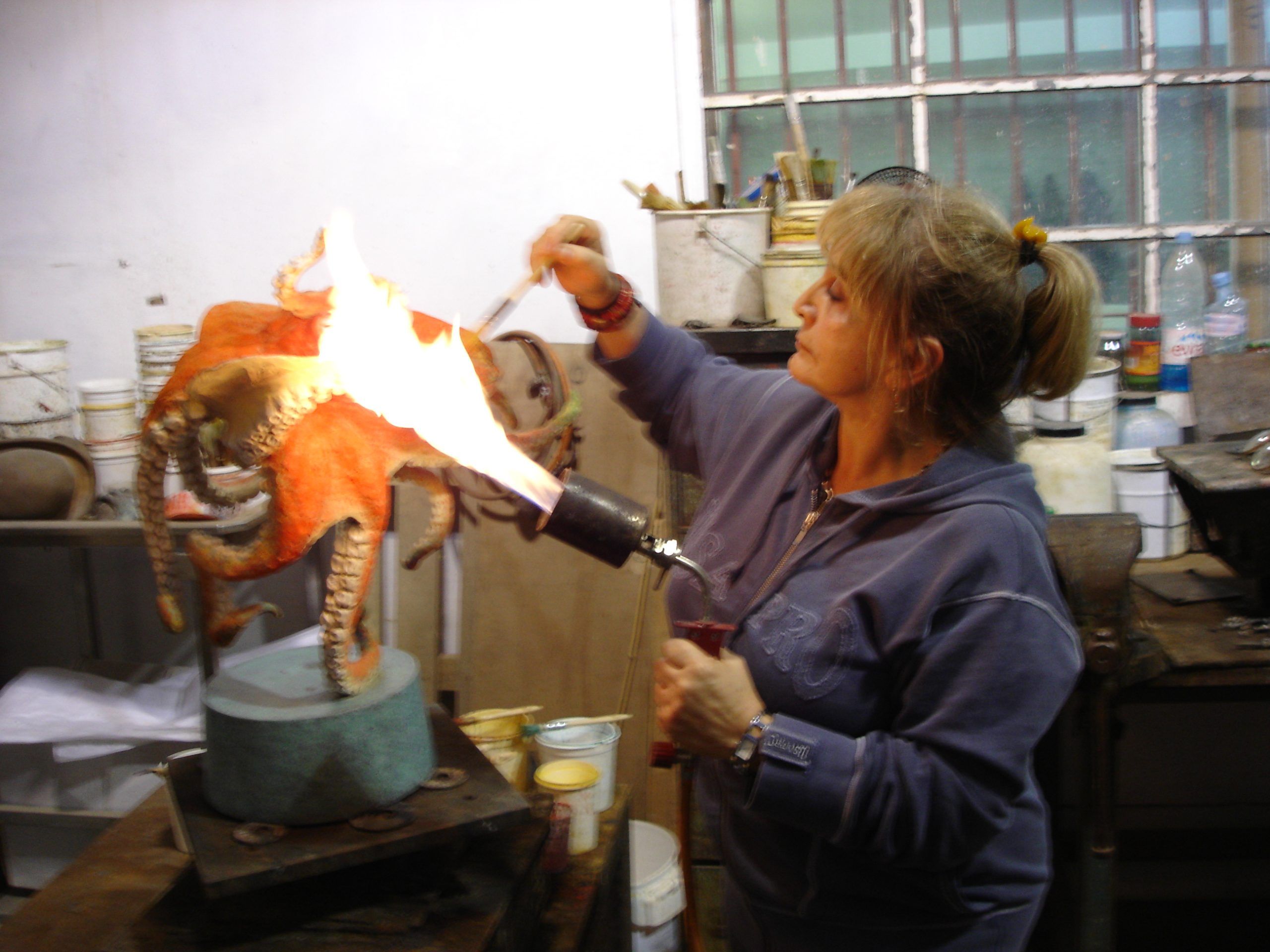Starting therapy can feel like a big step. You might be curious about Jungian Analysis but also wondering: What actually happens in a session? Will it feel like a regular conversation? Will you be expected to share dreams right away?
It’s normal to feel uncertain before your first appointment. The good news is that Jungian Analysis isn’t about performing or fitting into a rigid mold. Instead, it’s about creating a safe space where you and your analyst work together to explore what’s going on inside you—both in the present and beneath the surface.
If you’re considering Jungian Analysis, here’s a realistic guide to what the first few visits usually look like.
The First Session: Getting to Know You
Think of the first meeting as an introduction. Your analyst will want to learn about you—your background, what brings you in, and what you hope to get out of the process. You might talk about current struggles, past experiences, or even specific dreams that stood out to you.
There’s no pressure to “say the right thing.” Many people begin by simply sharing what feels most pressing—stress at work, relationship patterns, or a general feeling of being stuck. The analyst listens carefully, asking questions to understand not just the facts but also the feelings behind them.
Building Trust and Safety
Unlike quick-fix approaches, Jungian Analysis works best when there’s a foundation of trust. That doesn’t happen overnight. The first few sessions are about creating a sense of safety so you can open up honestly.
Don’t be surprised if your analyst reflects back what you’ve said or pauses before responding. That’s part of the process—giving space for your thoughts to land and for you to hear yourself more clearly.
The Role of Dreams
Dreams are central in Jungian work, but you won’t be asked to analyze every dream right away. Instead, your analyst may gently encourage you to notice and record your dreams, without judgment.
Over time, these dream images can become valuable material for sessions. For example, dreaming of a house might lead to a conversation about how you see your inner “home”—your sense of self.
More Than Just Talking
While conversation is the main tool, Jungian Analysis sometimes includes creative approaches, especially as the work develops. These may include:
- Active imagination: exploring images or feelings through writing, drawing, or dialogue.
- Symbol work: discussing recurring themes or images in your life and dreams.
- Reflection on daily life: noticing how unconscious patterns show up in relationships or choices.
In the early sessions, the focus is usually on talking, but knowing that other tools exist can be reassuring if words sometimes feel limiting.
How It Differs from Other Therapies
One question people often have is: How is Jungian Analysis different from regular therapy? Here’s a simple comparison:
| Approach | Focus | Session Feel |
| Cognitive Behavioral Therapy (CBT) | Changing thought patterns | Structured, goal-oriented |
| Jungian Analysis | Exploring unconscious and personal meaning | Reflective, exploratory |
| General Talk Therapy | Emotional support and coping skills | Conversational, supportive |
Jungian Analysis goes deeper into symbols, dreams, and the unconscious. It’s less about symptom management and more about long-term growth and understanding.
What You Might Feel
The first few visits can bring a mix of relief and vulnerability. Some people feel lighter just by sharing openly. Others might notice old emotions resurfacing. Both are normal.
It’s also common to wonder, Am I doing this right? The answer is yes—you are. Simply showing up and being willing to explore is enough. The analyst’s role is to guide, not judge.
Patience Is Part of the Process
Jungian Analysis is not a quick fix. It often unfolds over months or even years, depending on your goals. The first few sessions are just the beginning—a chance to see whether the approach feels right for you.
Instead of expecting immediate answers, think of the early sessions as planting seeds. With time, those seeds can grow into new perspectives, healthier patterns, and a deeper connection to yourself.
The Takeaway
Walking into your first Jungian Analysis session can feel intimidating, but what actually happens is simple: you talk, you’re heard, and together you begin to explore the layers of your inner world. Over time, this process can help you make sense of your dreams, uncover unconscious patterns, and build a more authentic relationship with yourself.
If you’ve been curious about analysis, remember: you don’t need to have it all figured out before you start. The journey begins with that first step—and your first conversation.




